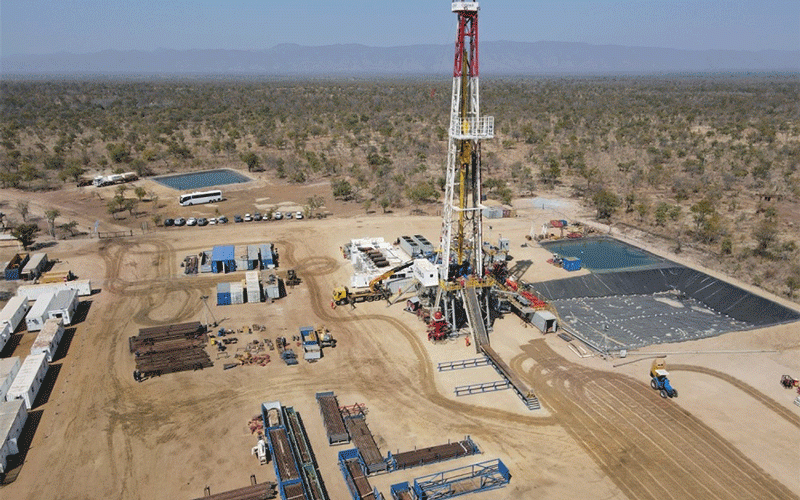
Zimbabwe is reaching out to foreign investors mainly through its vast mineral resources, which are awaiting exploitation.
BY BUSINESS REPORTER
In a document, Zimbabwe Foreign Trade and Investment Guidelines 2016, Zimbabwe said mining accounts for approximately 4% of the gross domestic product, about 4,5% of the total workforce and about a third of the total foreign exchange earnings.
“Zimbabwe is a rich country in terms of mineral resources. Therefore, there is great potential for investment in the mining sector,” it said.
According to data from the Mines and Mining Development ministry, the country has an estimated resource base of 13 million tonnes of gold.
At a current extraction rate of 20 tonnes per annum, the resources can last for 650 000 years.
The ministry says the country has an estimated resource of 2,8 billion tonnes of platinum, while the annual extraction rate was 2,4 million tonnes.
- Chamisa under fire over US$120K donation
- Mavhunga puts DeMbare into Chibuku quarterfinals
- Pension funds bet on Cabora Bassa oilfields
- Councils defy govt fire tender directive
Keep Reading
It said the country has an estimated resource of 4,5 million tonnes of nickel, while the annual extraction rate was 9 000 tonnes.
“Considering the estimated resources of the country’s mineral endowment and the levels of extraction for these minerals, there are great opportunities for mineral exploration and the opening up of new mines and the resuscitation of old ones given the advancement in mining technology,” the investment guideline said.
“The estimated resources of the country’s mineral endowment and the current levels of extraction for these minerals presents opportunities for mineral exploration and the opening up of new mines and the resuscitation of old ones given the advancement in mining technology.”
It said companies in the mining sector enjoyed special taxation exemptions, which include a favourable tax rate of 15% and the computed taxable income (or loss) from each mining location of a particular company is ring-fenced.
The document said Zimbabwe was the second largest producer per square metre in the world, as gold belts are estimated at 6kg/km2.
“Total gold reserves are estimated at 13 million tonnes and only about 25% of the gold deposits are in active production. Hence, there is great investment potential in gold mining and exploration. In accordance with the current gold marketing framework, all gold produced in Zimbabwe is sold to the Reserve Bank’s subsidiary, Fidelity Printers and Refiners,” the document said.
Zimbabwe, it said, was a major producer of nickel, ferrochrome and steel, which are the major ingredients in stainless steel manufacturing.
It said the minerals were currently exported in their raw form, thereby, presenting an opportunity for their beneficiation.
In a foreword to the document, central bank governor, John Mangudya said Zimbabwe offered significant trade and investment opportunities across the various sectors given its abundant resources.












